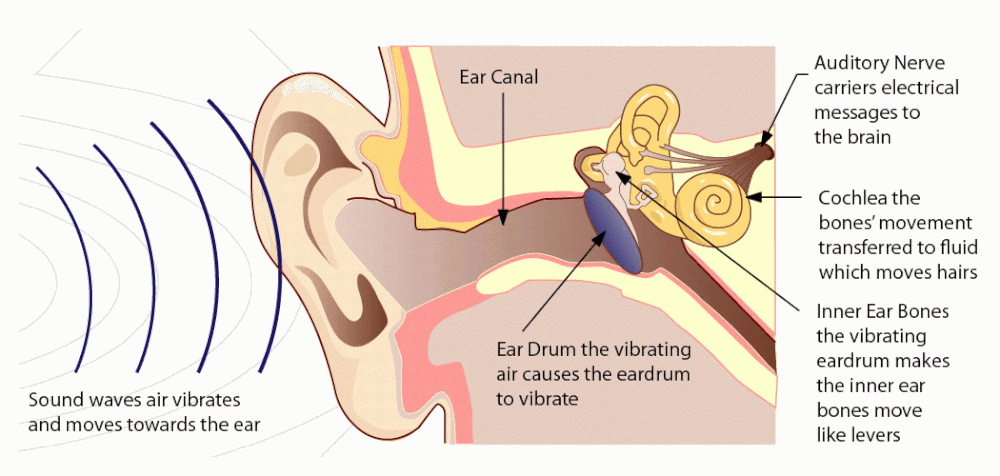CBSE Class 8 Science Chapter 13 Revision Notes
Chapter 13: Sound Revision Notes
Sound is produced by a vibrating (the to and fro or back and forth motion of an object) body.
Vibrations that travel through the air or another medium and are audible when they reach a person’s or animal’s ear is sound.
-
In humans, the sound is produced by the voice box or the larynx (the vibrations of the vocal chords).
-
Sound is transmitted through a medium (gas, liquid, or solid). It will not be able to travel in a vacuum.
-
The eardrum detects sound waves. Vibrations are sent to the inner ear. The signal then travels to the brain. That’s what we’ve heard.
Amplitude, Time Period, and Frequency of a Vibration
-
The amplitude of a vibrating body is defined as the largest extent of vibration from its mean position.
-
One oscillation is defined as a complete to and fro movement of the pendulum around its mean point. The time period is the amount of time it takes for a vibrating particle to complete one oscillation.
Frequency:
- The frequency of a vibrating body is defined as the number of oscillations it produces in one second.
- The hertz is the unit of frequency (Hz).
SOUND CHARACTERISTICS
(i) Loudness:
- The sensation in the ear that allows us to tell the difference between a loud and a quiet sound.
- The louder the sound produced, the greater the amplitude of vibration.
(ii) Pitch:
- The sound properties that separate a strident sound from a quiet sound.
- The higher the vibration frequency, the higher the pitch and shrillness (example: a whistle).
- The lower the vibration frequency, the lower the pitch (example: a drum).
SOUND TYPES
(i) Audible Sound: Humans can hear vibrations with a frequency of 20 Hz to 20,000 Hz (20 kHz).
(ii) Inaudible Sound: Sounds with frequencies greater than 20,000 Hz and less than 20 Hz are inaudible to the human ear.
-
Noise is a term used to describe sounds that are startling or unpleasant.
-
Musical sound is a type of sound that has a pleasant effect on the ear.
NOISE POLLUTION
- Excessive or unwanted sounds cause noise pollution and can harm people’s health.
- Noise pollution can induce insomnia, hypertension (high blood pressure), anxiety, and other health problems.
- Being continuously exposed to a loud sound may cause a temporary or permanent hearing loss.
MEASURES TO LIMIT NOISE POLLUTION
- Noise pollution should be avoided as much as possible: control the noise sources.
- Aircraft engines, transport vehicles, industrial machines, and household appliances must all have noise-cancelling devices installed.
- Less use of horns.
- Noisy industries to be set up away from residential areas.
- Noise pollution can be reduced by planting trees along the roadside and elsewhere.
Source: Chapter-13.pmd (ncert.nic.in)
]]>

